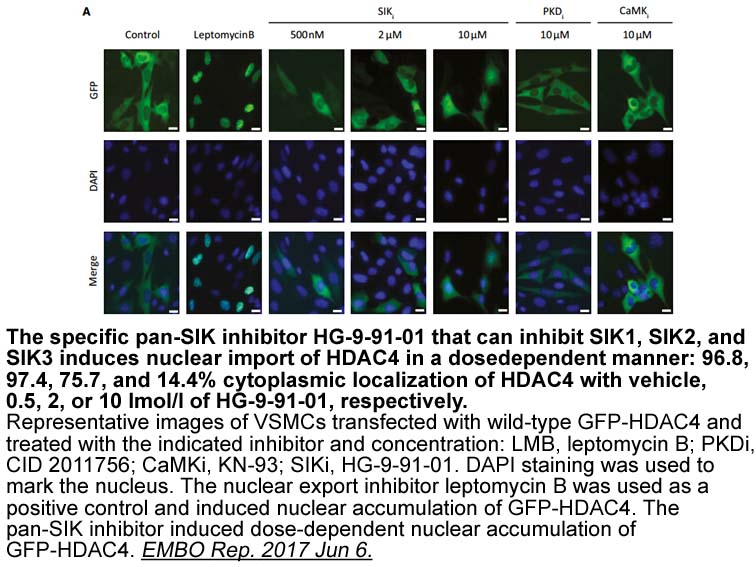Archives
Bioactive peptides contain amino acids with
Bioactive peptides contain 2–20 amino acids with possible bioactivities including antihypertensive, antioxidant, antimicrobial, anticancer, and opioid activity [9], [10], [11]. There has been a great interest in antihypertensive peptides for their efficiency in lowering blood pressure. The antihypertensive peptides are effective mainly due to inhibiting the angiotensin-converting enzyme (ACE) [9]. ACE has two different isoforms transcribed by the same gene; a larger with 1277 amino acids that is referred to as somatic ACE (sACE), and a smaller one which is composed of 701 amino acids and is referred to as testis ACE (tACE). Somatic ACE is composed of two homologous catalytic domains (N and C) but testis ACE exhibits just one domain which is identical to the C domain of sACE [12]. Some studies have shown that the C domain is more important for blood pressure regulation activity of ACE [13]. According to ACE's catalytic mechanism and relevant experimental reports, ACE's active site contains 19 amino A 77-01 residues: His353, Ala354, Ser355, Ala356, His383, Glu384, His387, Phe391, Pro407, His410, Glu411, Phe512, His513, Ser516, Ser517, Val518, Pro519, Arg522, and tyr523 [12].
Antioxidant peptides are also important because of their effect on inhibiting the deterioration of foods and their significant role in the treatment of different diseases such as arthrosclerosis, cancer, and diabetes [14].
Antioxidant and ACE inhibitory of bioactive peptides depends on their structure including size of peptides and their amino acid sequences, which are influenced by the source of protein and conditions of hydrolysis process [9].
To the best of our knowledge, there is no report on the biological activity of yeast extract and purified peptides obtained from K. marxianus. The possibility of using strain of K. marxianus as a source of yeast extract with antioxidant and ACE-inhibitory activity and isolation of the peptides with the most activity was the subject of this research. Ultrafiltration and reversed-phase high-performance liquid chromatography (RP-HPLC) were used to purify the antioxidant and ACE-inhibitory peptides. The sequence of the peptide was identified by MALDI/TOF/TOF technique. The binding interaction of purified peptides within the active site of ACE was also proposed according to the results of molecular docking experiments.
Materials and methods
Results and discussion
Acknowledgements
The present study has been supported by Iranian Research Organization for Science and Technology (IROST) (1012195004). The FP7 WeNMR (project# 261572) and H2020 West-L ife (project# 675858) European e-Infrastructure projects are acknowledged for the use of their web portals, which make use of the EGI infrastructure and DIRAC4EGI service with the dedicated support of CESNET-MetaCloud, INFN-PADOVA, NCG-INGRID-PT, RAL-LCG2, TW-NCHC, SURFsara and NIKHEF, and the additional support of the national GRID Initiatives of Belgium, France, Italy, Germany, the Netherlands, Poland, Portugal, Spain, UK, South Africa, Malaysia, Taiwan and the US Open Science Grid. The authors would like to thank Dr. Marzieh Dehghan for her help in computational techniques.
ife (project# 675858) European e-Infrastructure projects are acknowledged for the use of their web portals, which make use of the EGI infrastructure and DIRAC4EGI service with the dedicated support of CESNET-MetaCloud, INFN-PADOVA, NCG-INGRID-PT, RAL-LCG2, TW-NCHC, SURFsara and NIKHEF, and the additional support of the national GRID Initiatives of Belgium, France, Italy, Germany, the Netherlands, Poland, Portugal, Spain, UK, South Africa, Malaysia, Taiwan and the US Open Science Grid. The authors would like to thank Dr. Marzieh Dehghan for her help in computational techniques.
Introduction
The presence of bioactive peptides has been reported in many fermented and functional foods. These peptides usually have 2–20 amino acid residues and exert their biological activity after being released from parent proteins (Hartmann and Meisel, 2007, Udenigwe and Aluko, 2012). Depending on the amino acid composition and sequence length, bioactive peptides can display different activities, e.g. antihypertensive, antioxidant, immunomodulatory, opioid, anti-inflammatory or antimicrobial (Shahidi & Zhong, 2008).
During the past decade, many ACE-inhibitory and antioxidant peptides have been produced and characterised (Toldrá, Reig, Aristoy, & Mora, 2017). Main interests have been focussed on the use of agro-industrial waste or by-products as a source for the generation of bioactive peptides in order to maximise the economic return and contribute to the environmental sustainability. Regarding this, olive seeds (Esteve, Marina, & García, 2015), date seeds (Ambigaipalan, Al-Khalifa, & Shahidi, 2015), cherry seed (García, Endermann, González-García, & Marina, 2015), palm kernel cake (Chang, Ismail, Yanagita, Esa, & Baharuldin, 2015) and fish and marine processing waste (Bougatef et al., 2010) have been hydrolysed by using commercial enzymes to produce bioactive peptides.